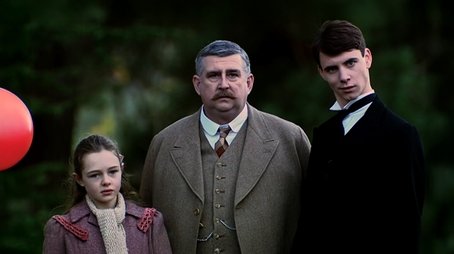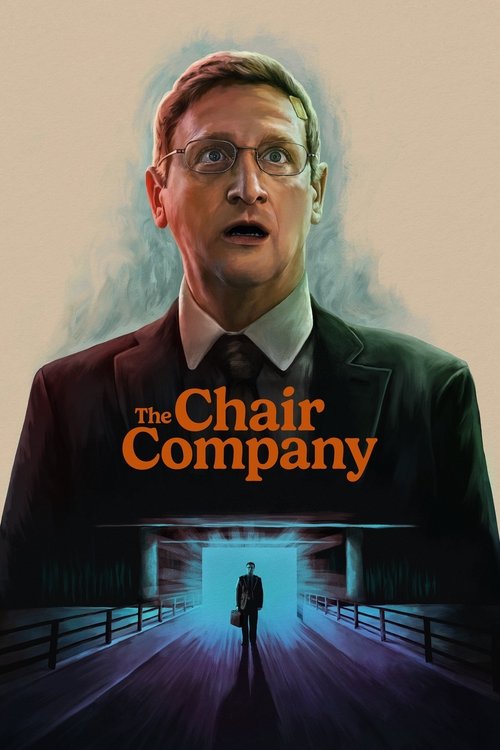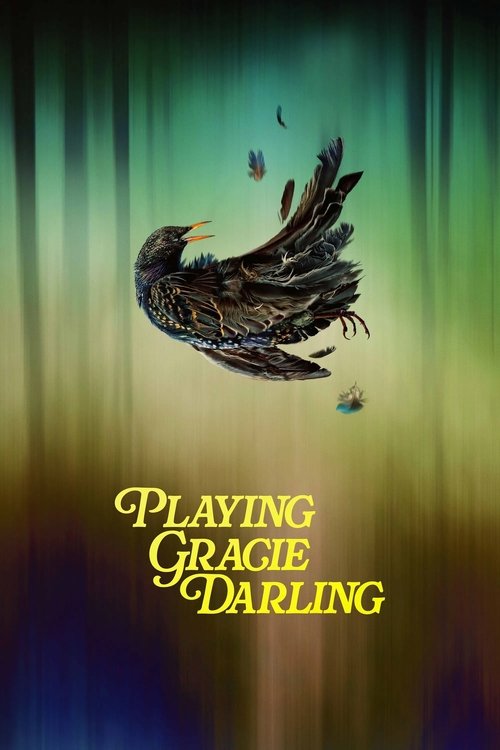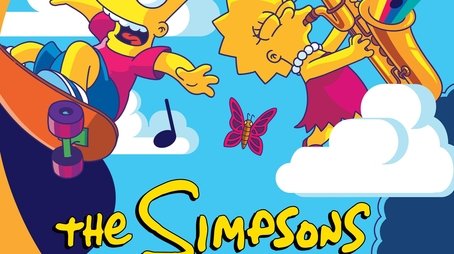
Ask Your Own Question
What is the plot?
The episode begins with the TARDIS materializing in 1913, in a quiet English village. The Doctor, played by David Tennant, is in a state of distress, sensing a looming threat. He is being pursued by the Family of Blood, a group of alien beings who are hunting him for his Time Lord essence. To protect himself and those around him, the Doctor decides to use a Chameleon Arch, a device that allows him to transform into a human. He takes on the identity of John Smith, a schoolteacher, and suppresses all memories of his Time Lord life.
As John Smith, the Doctor lives a mundane life, teaching at a boys' school. He is portrayed as a kind and gentle man, but he is unaware of his true identity. The Doctor's companion, Martha Jones, played by Freema Agyeman, is with him but is forced to take on the role of a servant in the household. She is deeply concerned about the Doctor's decision to become human, as it puts them both at risk from the Family of Blood.
The narrative shifts to the school where John Smith teaches. He interacts with his students, including a boy named Tim Latimer, who is particularly fascinated by John's stories. John Smith is shown to be a caring teacher, but he is also plagued by strange dreams and visions of his past life as the Doctor. These dreams are unsettling and hint at the danger that is approaching.
Meanwhile, the Family of Blood, led by the Father, is searching for the Doctor. They are ruthless and determined, using their powers to track him down. They arrive in the village, causing fear among the locals. The Family is depicted as monstrous, with a chilling presence that contrasts sharply with the idyllic setting of the village.
As the Family begins to enact their plan, they capture Martha, intending to use her to lure out the Doctor. Martha, however, is resourceful and manages to escape their clutches. She seeks out John Smith, desperate to warn him of the impending danger. When she finds him, she tries to convince him of his true identity, but John is conflicted and struggles to accept the reality of who he is.
In a pivotal moment, John Smith attends a school event where he is confronted by the Family of Blood. They reveal their true intentions, demanding that he return to his Time Lord form. John is initially resistant, still clinging to his human life and the relationships he has formed. However, the threat to Martha and the students becomes increasingly dire, forcing him to confront the reality of his situation.
As the Family of Blood attacks the school, chaos ensues. John Smith is faced with a critical decision: to embrace his identity as the Doctor and fight back or to remain in his human form. The emotional weight of this choice is palpable, as he grapples with the implications of his actions on those he cares about.
In the climax of the episode, John Smith finally accepts his true nature. He activates the Chameleon Arch, transforming back into the Doctor. This transformation is visually striking, as the energy of the Time Lord essence surges through him. The Doctor, now fully aware of his identity, prepares to confront the Family of Blood.
The episode ends on a cliffhanger, with the Doctor ready to face the Family of Blood, setting the stage for the next part of the story. The tension is high, and the stakes are clear, as the Doctor must protect those he loves while confronting the dark forces that threaten them all.
What is the ending?
In the ending of "Human Nature (1)," the Doctor, having transformed into a human named John Smith, struggles with his identity and the implications of his new life. He is unaware of the impending danger posed by the Family of Blood, who are hunting him. As the episode concludes, the Doctor's human emotions and memories begin to clash with the reality of his Time Lord existence, leading to a tense confrontation with the Family. The episode ends on a cliffhanger, with the Doctor's fate uncertain and the threat of the Family looming large.
As the episode progresses towards its conclusion, we find ourselves in the early 20th century, where the Doctor, now living as John Smith, has settled into a quiet life as a schoolteacher in a small village. He has developed a close bond with a nurse named Joan Redfern, who is unaware of his true identity. John Smith is deeply immersed in his human experiences, feeling love and fear, but he is also plagued by strange dreams and memories that hint at his true nature.
The tension escalates when the Family of Blood, a group of alien beings, arrives in pursuit of the Doctor. They are determined to capture him and reclaim the Time Lord's essence, which they believe will grant them immortality. As they begin to terrorize the village, John Smith remains oblivious to the danger, focused instead on his mundane life and his growing feelings for Joan.
In a pivotal scene, the Doctor's companion, Martha Jones, who is aware of the threat, tries to warn John Smith about the Family. She is torn between her loyalty to the Doctor and her concern for his safety. Martha's desperation grows as she realizes that the only way to protect John Smith is to reveal his true identity to him. However, John is resistant to the idea, struggling with the implications of being more than just a human.
As the Family of Blood closes in, they begin to wreak havoc, demonstrating their ruthless nature by attacking the villagers. The tension reaches a peak when they confront John Smith, demanding to know where the Doctor is. In a moment of clarity, John Smith begins to understand the gravity of the situation, but he is still hesitant to embrace his true self.
The episode culminates in a dramatic confrontation at the school, where the Family captures Martha and threatens her life to force John Smith to reveal the Doctor's location. In a moment of desperation, Martha invokes the name of the Doctor, triggering a transformation within John Smith. He begins to remember who he truly is, but the episode ends before he can fully embrace his Time Lord identity.
The final scenes are filled with urgency and dread as the Family prepares to unleash their full power. The episode closes on a cliffhanger, leaving viewers anxious about the fate of John Smith, Martha, and the villagers. The stakes are high, and the emotional turmoil of the characters is palpable, setting the stage for the next episode where the Doctor must confront his past and the consequences of his choices.
Is there a post-credit scene?
In "Human Nature (1)" from Doctor Who's Series 3, there is no post-credit scene. The episode concludes without any additional scenes after the credits roll. The focus remains on the narrative and emotional arcs presented throughout the episode, particularly the Doctor's transformation and the implications of his choice to become human. The story wraps up with the tension surrounding the impending threat of the Family of Blood, setting the stage for the continuation of the plot in the next episode.
What transformation does the Doctor undergo in this episode?
In 'Human Nature (1)', the Doctor undergoes a significant transformation by using a Chameleon Arch to become human. He adopts the identity of John Smith, a schoolteacher in 1913 England, effectively erasing his Time Lord memories and abilities to live a normal human life.
How does Martha cope with the Doctor's transformation into John Smith?
Martha is initially distressed by the Doctor's transformation into John Smith, feeling a mix of concern and frustration. She struggles with her role as his companion, as she must now protect him without the usual support of the Doctor's Time Lord abilities. Her emotional state fluctuates between loyalty and the fear of losing him completely.
What is the significance of the watch that John Smith possesses?
The watch that John Smith possesses is a crucial plot element; it contains the Doctor's Time Lord consciousness. It serves as a key to his true identity and memories. Throughout the episode, it symbolizes the conflict between his human life and his Time Lord heritage, representing the struggle between his two identities.
Who are the antagonists in this episode, and what is their goal?
The antagonists in 'Human Nature (1)' are the Family of Blood, a group of alien beings who are hunting the Doctor. Their goal is to capture the Doctor and gain his Time Lord abilities, which they believe will grant them immortality and power. Their relentless pursuit creates a sense of urgency and danger for John Smith and Martha.
How does the setting of the school influence the story?
The setting of the school in 1913 England plays a vital role in the story, providing a backdrop for John Smith's human life. It contrasts sharply with the Doctor's usual adventures in time and space. The school environment allows for themes of innocence, education, and the mundane aspects of human life, highlighting the stark differences between John Smith's human existence and the Doctor's Time Lord nature.
Is this family friendly?
"Doctor Who" Season 3, Episode 8, titled "Human Nature (1)," contains several elements that may be considered potentially objectionable or upsetting for children or sensitive viewers. Here are some aspects to consider:
-
Violence and Threats: There are scenes that depict violence and the threat of harm, particularly involving the antagonistic characters known as the Family of Blood. Their menacing behavior and intentions can be unsettling.
-
Fear and Suspense: The episode has a tense atmosphere, with moments that may evoke fear, especially as the Doctor's identity is at risk and danger looms over the characters.
-
Emotional Distress: Characters experience significant emotional turmoil, including themes of loss, identity, and the struggle between human nature and alien influence, which may be heavy for younger viewers.
-
Death and Mortality: The episode touches on themes of mortality and the consequences of actions, which could be distressing for some children.
-
Displacement and Identity Crisis: The Doctor's transformation into a human and the implications of losing one's identity can be complex themes that might be difficult for younger audiences to fully grasp.
These elements contribute to a narrative that, while rich and engaging, may require parental guidance for younger viewers.











